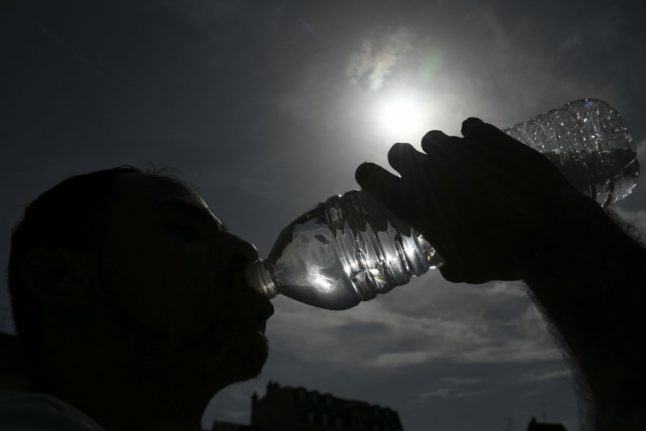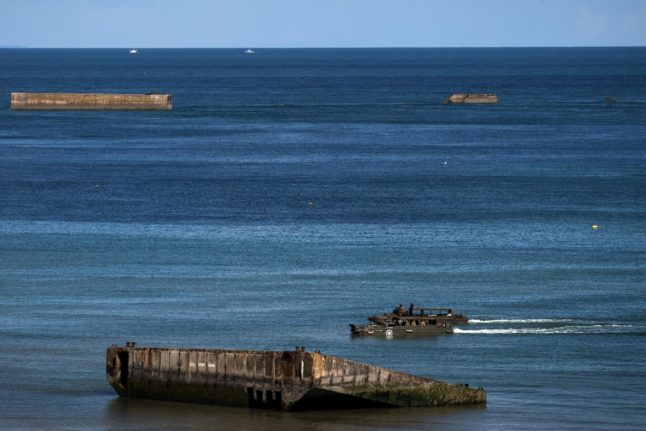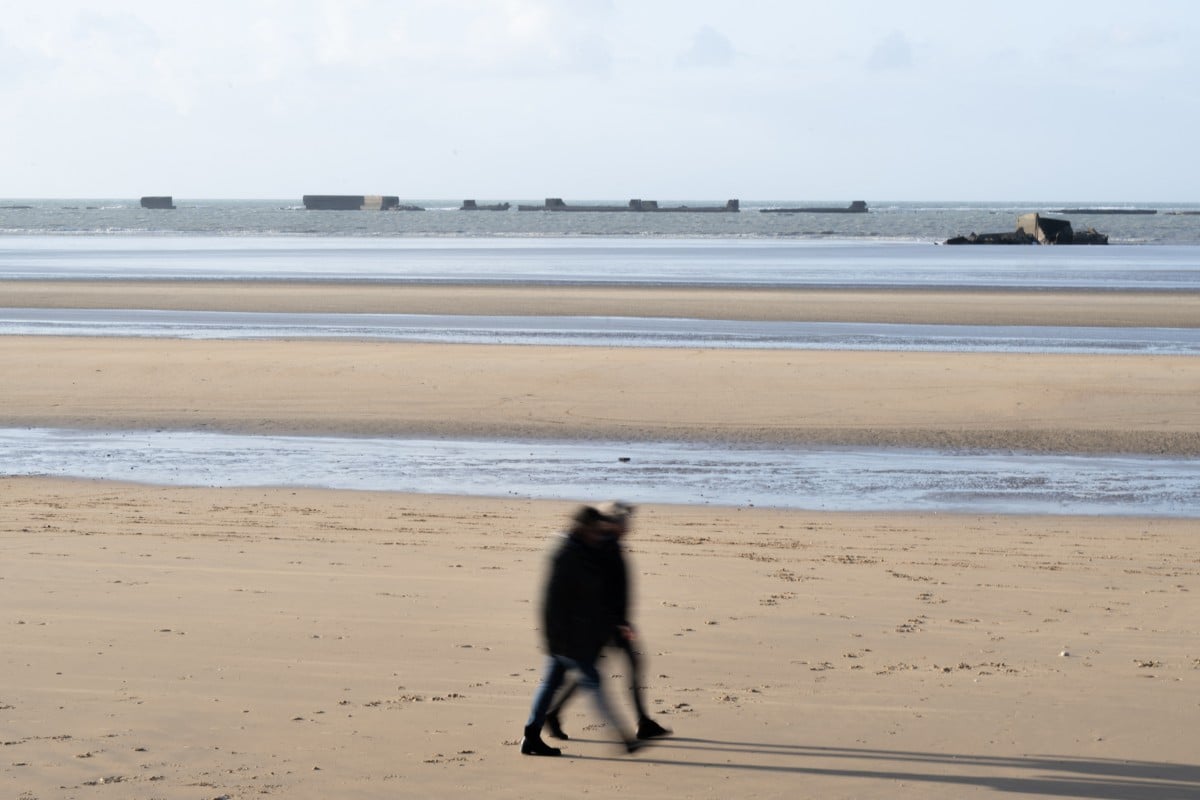France’s environment minister, Christophe Béchu, said on Wednesday that the water crisis “is not yet behind us” as 189 communes – home to a total of 40,000 people – were still without drinkable tap water in mid-September.
The hundreds of communes are mostly being supplied by water trucks – although in some areas bottled water is being delivered – because either their taps have run dry or the tap water is unsafe to drink because of the extremely low groundwater supplies.
In an interview with French daily Libération, Béchu explained that despite increased rainfall in some parts of the country over the summer, nearly two-thirds of the country’s water tables remained below seasonal averages.
The minister specified that 62 percent of groundwater sources were below seasonal averages, and 18 percent were “very low”, and that a new report monitoring groundwater levels would become available on Thursday.
The number of communes suffering from water shortages more than doubled during the month of August – from 85 as of August 10th (the date of the previous assessment) to 189 as of September 8th.
In terms of where the communes are located, Béchu explained that “many are in the Mediterranean basin and in the Rhône valley, but there are also a few cases in Brittany.”
Earlier in the week, France’s Journal Officiel published a decree designating 1,022 communes across the country as ‘natural disaster zones’ for drought, which will help to facilitate insurance claims for damage to homes and property.
The government has also begun discussing plans to increase the reuse of wastewater in an attempt to decrease water consumption.
Béchu said in a separate interview with RTL that the goal is for reused wastewater to be involved “in everything to do with green spaces, street cleaning, and industrial uses”, adding that “200 wastewater reuse facilities will be created once the decree is signed”.
In comparison to September 2022, the drought picture in France has somewhat improved, when 700 communes were experiencing water shortages and 77 percent of groundwater sources were below average levels, with 20 percent “very low”.
Nevertheless, over half of France’s mainland départements had issued some level of water restriction as of mid-September, with dozens at the ‘crise’ level (meaning a ban on all non-priority water usage).
READ MORE: MAP: Where in France are water restrictions in place?
Within the next two weeks, the environment minister is expected to offer an assessment of the success of his ‘water plan’, which was laid out prior to the summer and aimed to decrease water consumption among French people.




 Please whitelist us to continue reading.
Please whitelist us to continue reading.
Member comments